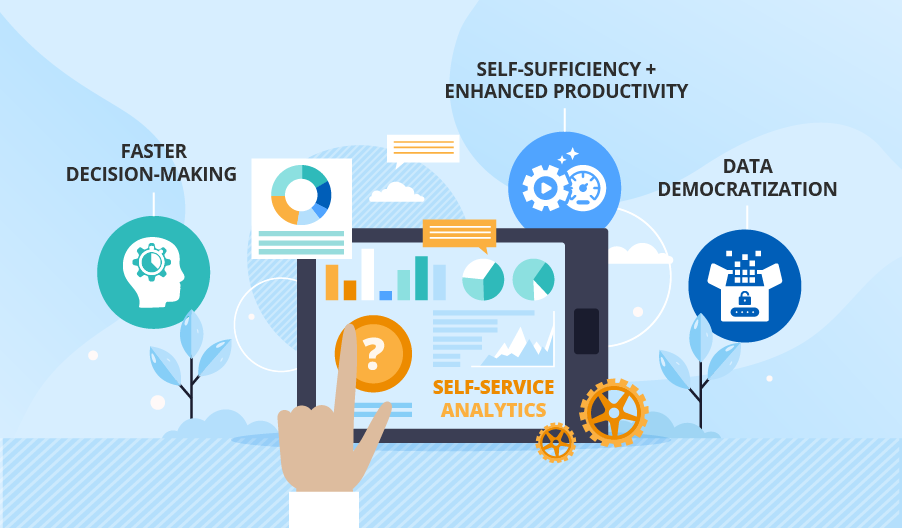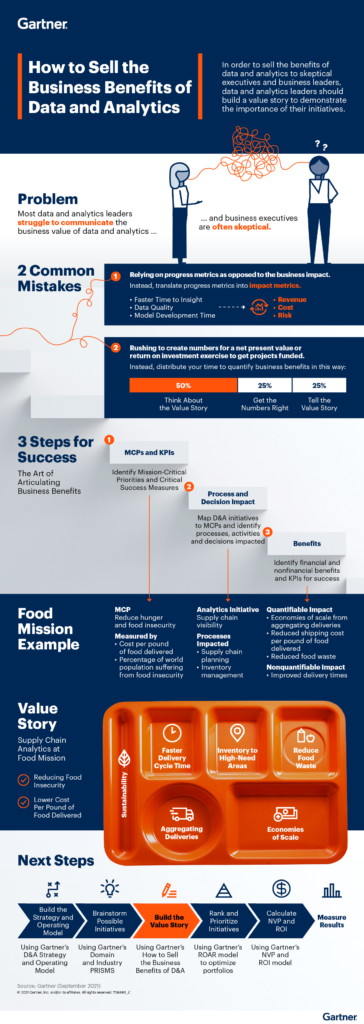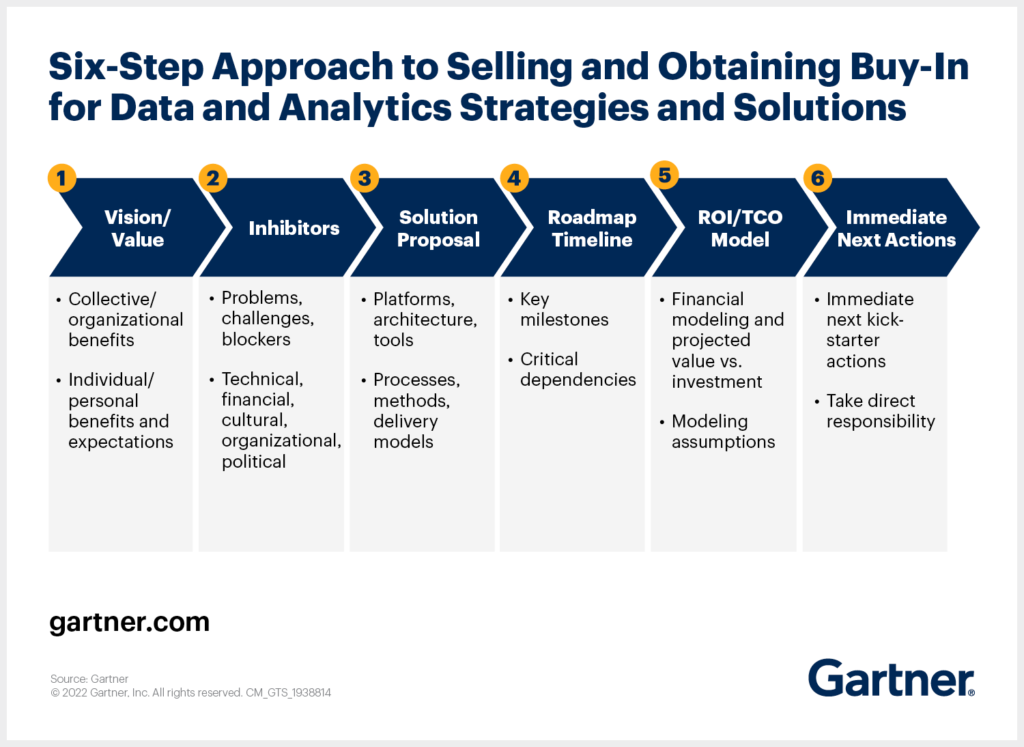In today’s data-driven world, metrics and analytics are crucial for businesses to track their progress and make informed decisions. The use of data analytics has become increasingly popular due to its ability to provide valuable insights into consumer behavior, market trends, and overall business performance. By leveraging data analytics, companies can gain a competitive edge by making data-driven decisions that can ultimately lead to increased profitability and growth.
Data analytics allows businesses to extract meaningful insights from a vast amount of data, enabling them to make informed decisions that positively impact their bottom line. By analyzing data, businesses can identify patterns, trends, and gaps that may have gone unnoticed otherwise. For instance, data analytics can help businesses understand the behavior of their target audience, enabling them to create more personalized and effective marketing campaigns. Additionally, data analytics can support businesses in identifying cost-saving opportunities, optimizing operations, and predicting future trends. Overall, data analytics is a powerful tool that can support businesses in achieving their goals by providing a better understanding of their performance and enabling them to make informed decisions.
Data analytics can help you measure and track your performance metrics to ensure that you are on the right track. It allows you to access real-time data, identify trends, and make informed decisions. By using data analytics, you can understand the impact of different strategies, gain insights into your customers and target audience, and understand how your initiatives are performing. With data analytics, you can track the effectiveness of your strategies, monitor customer engagement and identify areas for improvement.

What is Data Analytics?
Data Analytics is the process of examining raw data with the purpose of discovering patterns, drawing conclusions, and generating insights that can inform business decisions. Data analytics is used to gain insights from data sets and make predictions about future trends. It can help organizations in making better decisions and improving their performance.
Data Analytics involves collecting, processing, and analyzing data to uncover meaningful information. It involves extracting data from various sources, such as databases, spreadsheets, and other sources. The data is then analyzed and processed to uncover patterns and trends that can be used to make better decisions.
How Does Data Analytics Support Your Metrics?
Data Analytics can be used to gain insights and make better decisions by understanding the metrics of your business. Metrics are the measurements used to monitor and assess the performance of a business. By using data analytics, you can identify the metrics that are most important to your business and understand how they are performing.
Data Analytics can also be used to identify areas of improvement and to identify opportunities for growth. By analyzing data, you can gain insights into customer behavior, market trends, and more. This can help you to optimize your processes and to make better decisions. It can also help you to identify areas where you can improve and to determine how to best allocate resources to maximize return on investment.
How to Use Data Analytics to Support Your Metrics?
Data Analytics can be used to support your metrics by collecting and analyzing data from various sources. This includes collecting data from customer surveys, sales data, website analytics, and other sources. Once the data is collected, it can be analyzed to uncover patterns and trends that can be used to improve your metrics.
It is important to understand which metrics are most important to your business and to make sure that the data collected is relevant to those metrics. Once the data is collected, it should be analyzed to uncover insights that can be used to improve the metrics. This can include identifying areas for improvement and determining how to best allocate resources to maximize return on investment.
Data Visualization
Data Visualization is an important part of data analytics, as it provides a way to easily visualize the data and gain insights into it. Data Visualization can be used to identify trends, correlations, and outliers that can be used to drive decision-making. It can help to identify areas of improvement and can be used to create better strategies for achieving business goals.
Data Visualization tools can also be used to present the data in an easy-to-understand format. This can help to make the data easier to interpret, and can help to inform decisions. Data Visualization tools can also help to identify potential opportunities for improvement and can be used to identify potential risks.
Data Analysis
Data Analysis is another important part of data analytics, as it involves using data to draw conclusions or make predictions. Data Analysis can be used to identify trends, correlations, and outliers that can be used to inform decisions. Data Analysis can also be used to build predictive models that can be used to predict future trends and behaviors.
Data Analysis can also be used to identify areas of improvement and to identify potential opportunities for growth. By analyzing the data, organizations can gain insights into customer behavior, market trends, and more. This can help to optimize processes and to make better decisions.
Data Mining
Data Mining is the process of searching large data sets for patterns and relationships. Data Mining can be used to uncover trends and correlations that can be used to inform decisions. It can also be used to identify areas of improvement and to identify opportunities for growth.
Data Mining can also be used to identify potential risks and to identify potential opportunities. By analyzing the data, organizations can gain insights into customer behavior, market trends, and more. This can help to optimize processes and to make better decisions.
Data Cleaning and Preparation
Data Cleaning and Preparation is an important part of data analytics, as it involves cleaning and preparing data for analysis. Data Cleaning and Preparation involves removing duplicate data, correcting errors, and transforming data into a usable format. This can help to ensure that the data is accurate and can be analyzed to gain meaningful insights.
Data Cleaning and Preparation can also be used to identify areas of improvement and to identify potential opportunities. By cleaning and preparing the data, organizations can gain insights into customer behavior, market trends, and more. This can help to optimize processes and to make better decisions.
Data Modeling
Data Modeling is the process of building models to analyze data and gain insights. Data Modeling can be used to identify trends, correlations, and outliers that can be used to inform decisions. It can also be used to build predictive models that can be used to predict future trends and behaviors.
Data Modeling can also be used to identify areas of improvement and to identify potential opportunities. By modeling the data, organizations can gain insights into customer behavior, market trends, and more. This can help to optimize processes and to make better decisions.
Frequently Asked Questions
Data analytics is the practice of collecting, analyzing and interpreting data to gain insights into business operations. It helps organizations to better understand their customers and make better decisions that will lead to increased profits and improved customer experience.
What is data analytics?
Data analytics is the practice of collecting, analyzing and interpreting data to gain insights into business operations. It involves using tools and techniques such as machine learning, artificial intelligence, predictive analytics and data mining to extract and analyze data from multiple sources. The goal of data analytics is to uncover patterns, trends, correlations and other insights that can be used by organizations to inform their decision-making and improve their operations.
How can data analytics help my business?
Data analytics can help businesses make better decisions, identify opportunities, improve efficiency and optimize performance. For example, data analytics can help businesses identify customer segments and target them with personalized offers and content, as well as uncover customer insights that can be used to improve customer experience and loyalty. Data analytics can also help businesses identify areas of improvement in their operations, such as reducing costs or streamlining processes.
What are the benefits of using data analytics?
By leveraging data analytics, businesses can gain valuable insights into their operations and make data-driven decisions that can improve their performance. Data analytics can also help businesses identify areas of improvement and develop strategies to address them. Additionally, data analytics can help businesses identify new opportunities for growth and identify potential risks.
What tools are used for data analytics?
Data analytics tools can range from simple spreadsheet programs to sophisticated machine learning algorithms. Common data analytics tools include data visualization tools such as Tableau, data mining tools such as R and Python, and predictive analytics tools such as TensorFlow. These tools can help businesses better understand their data and make more informed decisions.
How can I use data analytics to support my metrics?
Data analytics can be used to support metrics by providing insights into how different areas of a business are performing and uncovering patterns and trends that can help businesses make better decisions. By analyzing data, businesses can identify areas of improvement and potential risks, as well as uncover new opportunities for growth. Additionally, data analytics can help businesses develop strategies to optimize performance and improve customer experience.
In conclusion, data analytics has become the backbone of modern business operations. By leveraging the power of data, companies can gain valuable insights into their operations, customers, and markets, which they can use to make informed decisions and improve their bottom line. Metrics play an essential role in this process, as they provide a means of measuring and tracking progress towards specific goals. By using data analytics to support their metrics, companies can gain a more accurate and comprehensive understanding of their performance, enabling them to identify areas for improvement and take action accordingly.
Furthermore, the benefits of using data analytics to support metrics extend far beyond the business world. In fields such as healthcare, education, and public administration, data analytics is playing an increasingly important role in informing decision-making and improving outcomes. Whether it’s tracking patient outcomes, analyzing student performance, or identifying trends in crime rates, data analytics is helping organizations of all types and sizes to make better decisions and achieve their goals more effectively. As such, the importance of data analytics in supporting metrics cannot be overstated, and businesses and organizations that fail to embrace this technology risk falling behind their competitors and missing out on the numerous benefits it has to offer.




